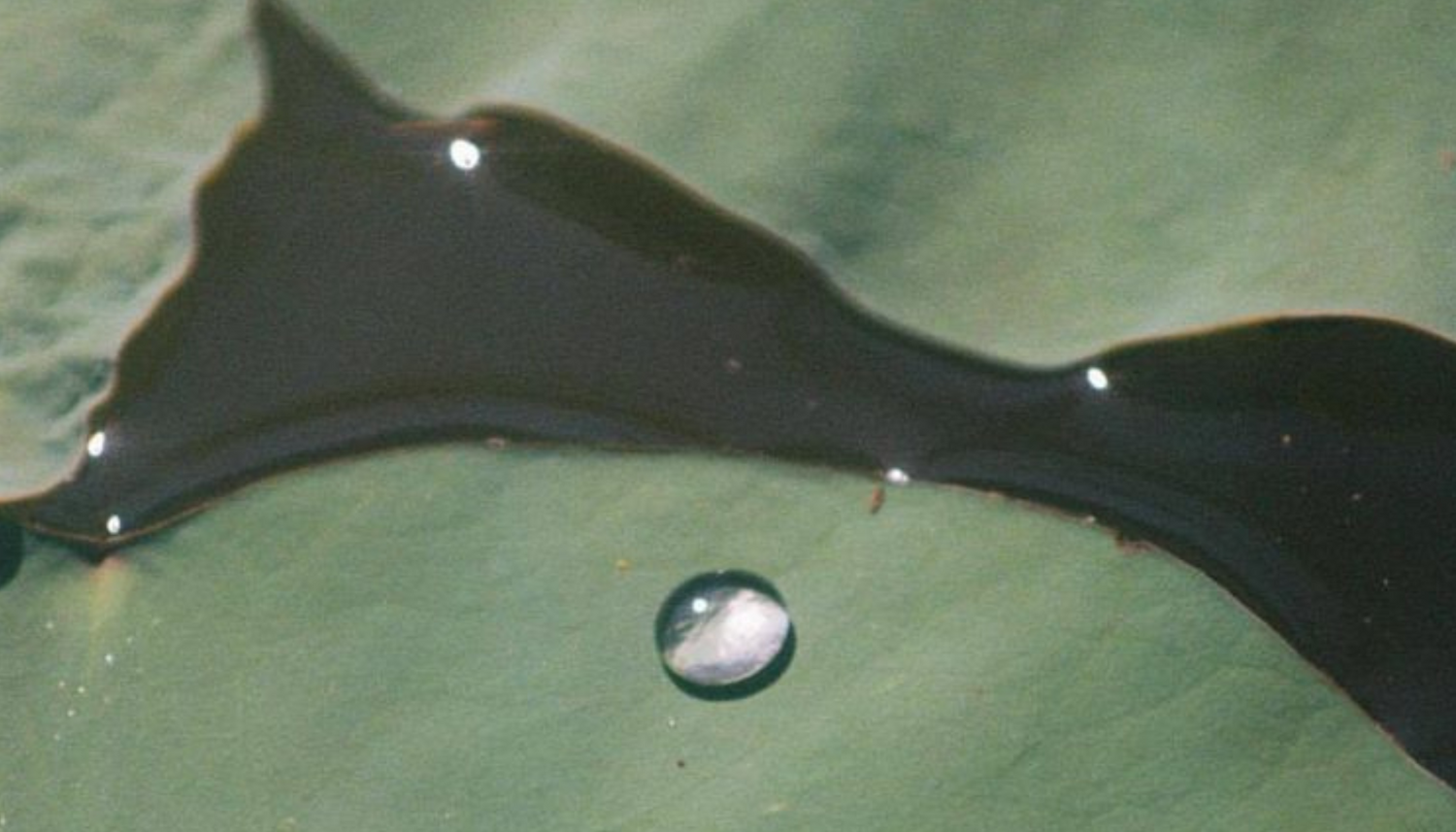Our body is able to eliminate water at the skin surface level in two ways:
Sweat - active process
- It is a response to nerve impulses when the core body temperature increases (e.g. exercise, stress, warm environment).
- Human body temperature is regulated within a very narrow range, hence certain natural mechanisms are needed.
Transepidermal water loss (TEWL) - passive or insensible process
- It is the passage of water across (or evaporation of water from) the skin's surface
- This form of water loss does not involve the sweat glands.
How does sweat work?
Sweat is produced from two types of sweat glands
- Eccrine glands
- Found in the dermis; responsible for the more ‘watery’ perspiration
- Regulate body temperature by releasing water to the skin surface, quickly evaporating and cooling the skin and blood beneath
- Apocrine glands
- Derived from the epidermis and develop in association with hair follicles.
- These are scent glands, found mainly in the axillary (underarm) and perineal regions.
- Skin bacteria thrive in apocrine sweat, and byproducts of bacterial metabolism make the odor.
- Studies have shown that these play little to no significant role in thermoregulation.
What’s in our sweat?
- Perspiration is primarily water. Research has shown that small concentrations of minerals (such as sodium, potassium, magnesium, and calcium), lactic acid, and urea can be found in sweat. Trace metals (non toxic at low concentrations) such as zinc, iron, and copper may also be present in perspiration.
- Concentration of sweat components vary widely.
MYTH-BUSTING
Despite the popular belief, you cannot sweat toxins out of the body … you can't sweat out your hangover either.
Our kidneys, liver, and intestines are responsible for processing toxins, drugs, and metabolic waste.
Perspiration triggers
- Caffeine stimulates the nervous system, which could activate sweat glands.
- Certain varieties of hot peppers contain capsaicin, which tricks temperature-sensitive nerves into believing your body is actually hot.
- Hormone fluctuations may trigger excessive sweating.
- Alcohol dilates blood vessels and accelerates the heart rate, which triggers sweating due to higher body temperature.
- Emotions and stress trigger the fight or flight response, apocrine sweat glands get activated due to a release of adrenaline.
Now, onto TEWL
Transepidermal water loss (TEWL) is the amount of water that passively evaporates through the skin to the external environment.
This process occurs naturally in the skin, but can be exacerbated or affected by external factors.
Studies have shown that TEWL takes place through the night when our bodies are in a resting and repairing mode.
Similarly to sweating, TEWL varies per body region.
What are the effects of TEWL in the skin?
Multiple studies link TEWL to the Stratum Corneum's barrier function and its ability to retain moisture.
When the skin barrier is healthy, TEWL is said to be equivalent to proper skin hydration.
If the skin barrier is compromised to a point where its permeability barrier is affected, TEWL could be higher. Higher amounts of water loss through the skin, may accelerate extrinsic or premature aging.
It can also lead to dryness and even dehydration. When water loss is higher than the skin’s ability to retain or replace water, the skin becomes dehydrated.
Unlike dry skin, dehydrated skin tends to be more problematic and unhealthy as skin cell activity depends on proper hydration. Other ways in which your skin is affected by dehydration include, a slowed production of elastic fibers, diminished cellular regeneration, and reduced ability to heal.
TEWL triggers- Certain skin conditions and allergies
- Sunburn or physical injuries
- Environments that are dry and low in humidity
- Over washing and over exfoliating/scrubbing
Managing exposure to sunburns and low humidity climates, avoiding over drying the skin, and aiding the skin’s microbiome, will definitely help keep healthier levels of TEWL.
How to protect the skin from higher levels of water loss?
Topical hydration through moisturizing products help prevent or control TEWL.
Try formulas with a mix of humectants (draw and bond water to the SC), occlusives (lock in moisture), and emollients (type of occlusive that fills in gaps and smooth the skin barrier) to keep a properly nourished and hydrated skin.
In dry environments, try implementing humidifiers in your home. Face mists or nebulizers are also a great add on to aid your skin barrier.
Be gentle to your skin, avoid over washing, over exfoliating, or using harsh products that may damage and strip the skin barrier.
__
Sources:
Alexander, H., Brown, S., Danby, S., Flohr, C. (2018); Brenn, T., & Hornick, J. L. (2017); Campbell, K. L., Lichtensteiger, C. A. (2004); Hodge, B D., Sanvictores T., Brodell R. (2021); Honari, G., Maibach, H. (2014); Montain, S., Cheuvront, S.N., & Lukaski, H.C. (2007); Chen, Y. L., Kuan, W. H., & Liu, C. L. (2020); Selvam, A. P., Muthukumar, S., Kamakoti, V., & Prasad, S. (2016); Sonner, Z., Wilder, E., Heikenfeld, J., Kasting, G., Beyette, F., Swaile, D., Sherman, F., Joyce, J., Hagen, J., Kelley-Loughnane, N., & Naik, R. (2015); Yosipovitch, G., Xiong, G. L., Haus, E., Sackett-Lundeen, L., Ashkenazi, I., & Maibach, H. I. (1998)




